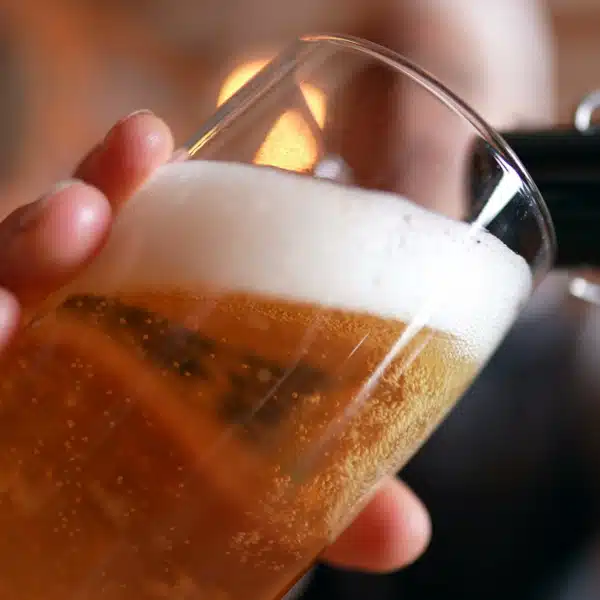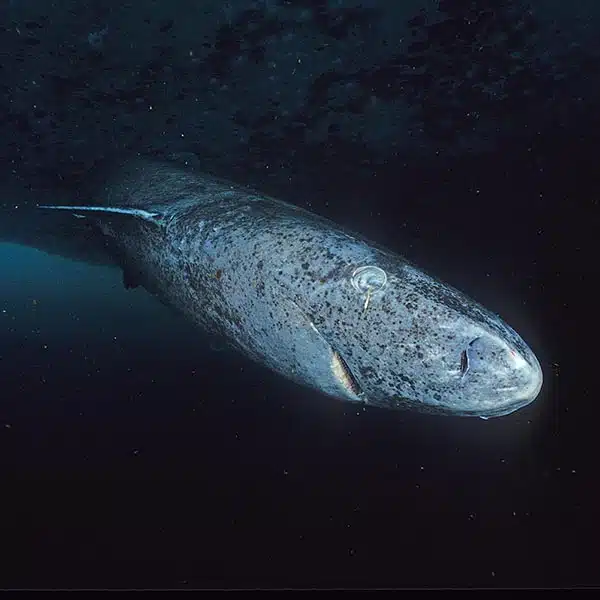“I've done a lot of racial equity work in my community…So when I was presented with this opportunity to do research, I couldn't help but go at it with an equity lens.” #RegeneronSTS finalist Dasia Taylor talks with @SmithsonianMaghttps://t.co/UubGBcWmbS
— Society for Science (@Society4Science) March 25, 2021
Students are our future. Every year, the Regeneron Science Talent Search—a partnership between Regeneron Pharmaceuticals, Inc., and Society for Science—announces the finalists for the esteemed award given to high school seniors. Entrants in the prestigious contest must submit original and relevant scientific research in science or mathematics. Among the 2021 finalists who are tackling global problems is Dasia Taylor, a 17-year-old senior at Iowa City West High School in Iowa City, Iowa. Taylor's research and development of surgical sutures, which change color to indicate an infected wound, promises steps towards improvements in global health equity.
Taylor began her research in the fall of 2019 after learning about infection rates post-caesarian sections. In African nations, some countries have rates of infection up to 20% while other nations boast rates lower than the United States (8% to 10%). “Smart” sutures linked to cellphones have recently been developed to monitor wounds, but smartphones and digital access are often limited in lower-income nations. To solve this problem, Dasia drew on her background in racial justice movements. “I've done a lot of racial equity work in my community, I've been a guest speaker at several conferences,” Taylor told Smithsonian Magazine. “So when I was presented with this opportunity to do research, I couldn't help but go at it with an equity lens.”
Working with her chemistry teacher Carolyn Walling, Taylor approached her problem from an organic angle. While normal human skin has an acidic pH level of about five, infected skin areas reach a pH of nine. Taylor found that beet juice (a natural dye) changes color from red to dark purple at nine on the pH scale. But this discovery was just the first step in producing accessible and responsive surgical sutures. Taylor had to experiment with different types of suture thread to ensure a reliable effect. The young scientist found that a cotton-polyester blend worked best—with a color-change response to an infected wound in just five minutes. Such a response would allow patients to self-monitor and seek medical attention when needed.
Despite the pandemic disrupting in-person schooling, Taylor devoted herself to lab work and plans to eventually patent her invention. In order to make her invention surgically feasible, other details must be ironed out. For example, absorbent threads which can hold dye may also harbor bacteria. “I read some studies that said beet juice was antibacterial. And although I want to take their word, I wanted to try it for myself. I wanted to reproduce their results,” says Taylor, describing her ongoing research.
Taylor's research—like that of her peer finalists—enters into the realm of post-graduate work, given the skills and grasp of the field required. As a finalist, Taylor receives a $25,000 prize for her research. She was also chosen by her peers to receive the 2021 Seaborg Award. Named after Nobel Prize Winner and nuclear chemist Glenn T. Seaborg, this award elected Taylor as a speaker for her class of finalists.
Now a senior in high school, Taylor is president of her school's Black History Game Show team and regularly advocates within her district for an anti-racist curriculum. She hopes to attend Howard University in Washington, D.C., next year. Talented in many fields, Taylor intends to study political science and is planning on law school.
To learn more about the prestigious Regeneron Science Talent Search and this year's winners and finalists, check out their website.
Listen to high school student Dasia Taylor explain her invention of infection-alerting surgical sutures which has been honored by the prestigious Regeneron Science Talent Search.
Society for Science: Website | Instagram | Facebook | Twitter
h/t: [Smithsonian Magazine]
Related Articles:
NASA Mathematician Katherine Johnson Is Honored With a New Spacecraft Named After Her
Astronomers Successfully Image the Magnetic Field at the Edge of a Black Hole
Meet the Harvard Computers, the Undervalued Women Who Mapped 400,000 Stars
Who Was Marie Curie? Learn More About This Pioneering Nobel Prize Winner






















































































